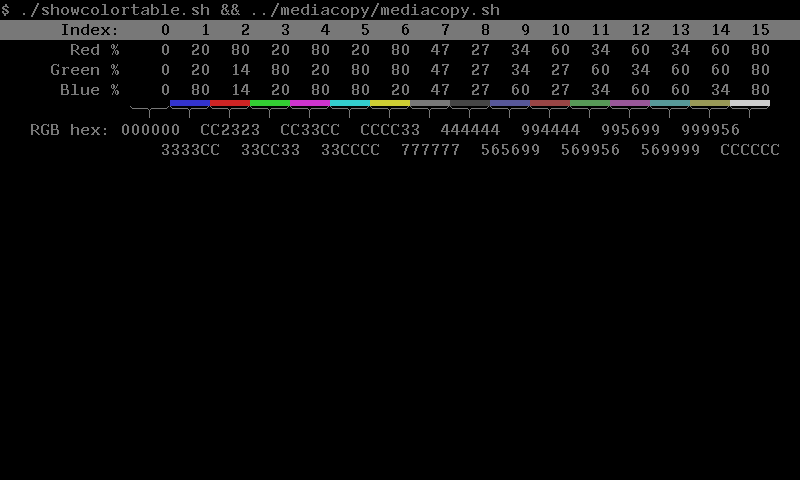I know nothing about SGR 38. Do you have a test case?
Other than that, it works exactly as you described: 1-bit transparency on a framebuffer, same as GIF. Existing pixels — background color, text, and previous sixel images — "show through" transparent pixels.
If you'd like to create some simple test cases, I can send you a screenshot of what it looks like on my VT340. If you do, I recommend not defining any colors in your test.
You probably already know this, but, unlike modern sixel implementations, the VT340 reuses the color palette in a somewhat peculiar way so previous images, background color, and foreground color, can all change when a new sixel image is sent. This only occurs when colors are defined, but that is actually optional. You can just use the current palette.
If you do try to define colors, you should know that no matter what number is given to the sixel colors (e.g., #0), VT340 color registers are overridden in the order sixel defines them. The first one defined in a new sixel image always overwrites the first color defined in any previous sixel image, and so on. Additionally, the sixth color defined changes the foreground color, the 15th color changes the bold text foreground, and the 16th color changes the background.
For your simple test case, it would be best to avoid all that and just use the default palette.

For xtermjs I am thinking about a composite mode for layered SIXELs (and graphics in general, once we have something usable there). Per vaguely phrased spec SIXEL should support "composition" from anything thats on the screen in those 0-bit pixels, when the background param is set to transparent. Can you confirm that is the case on a VT340? Esp. for these cases:
I can create a few simple test cases for that, if you want.
Another question is regarding SGR and transparency, as defined in ITU T.416 as
SGR 38 ; 1. Does VT340 supports this (my guess would be no)? Because I was thinking about this as the opposite "SIXEL hole" case - when there is already graphics, text entered withSGR 38 ; 1could blend on top of that graphic. (Still evaluating things here, not sure if I will go with that in the end, as its cumbersome to realize on renderer level.)